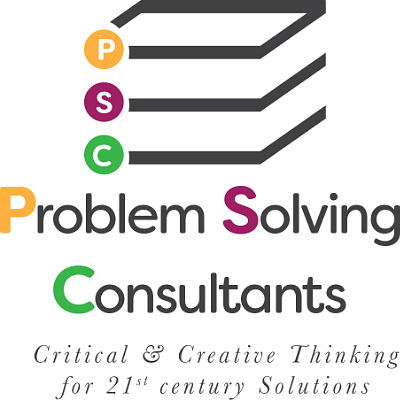Have you ever watched a public figure say something in an interview that leaves you yelling at the TV? I had just such a moment recently while watching Howard Dean. His commentary on all those who had gone to see “American Sniper” had me recalling a piece of advice given me long ago – ’tis better to be quiet and only thought a fool than to open one’s mouth and remove all doubt. That piece of advice is good in any venue. Despite the old nursery rhyme about sticks and stones, words spoken in haste or used to demean or hurt create significant harm and carry long lasting effects.
As the leader of your organization do you have the reputation for speaking before thinking? Do you pride yourself on speaking your mind, not afraid, according to you, to “tell it like it is?” Let me ask a few questions. How helpful has your approach been in correctly identifying the root cause of problems within your organization? Is your staff confident enough to give you honest and accurate assessments – or afraid to speak up for fear of being verbally cut to shreds, usually in as public a setting as you can arrange so as to reinforce your reputation for blunt talk? Do you take pride in that reputation, often doing so without full information? When the information you should have considered shows you’re on the wrong side of the issue, is that when you remain silent?
Silence is golden, especially when we take time to think before we speak. Before making a decision, listen actively to your staff and trust them to do their jobs. Let your organization know your decision by speaking quietly, respectfully, and candidly so as to do no more harm.
